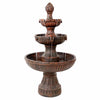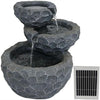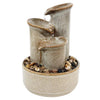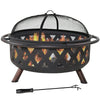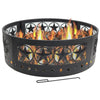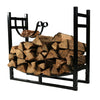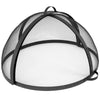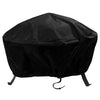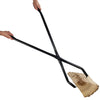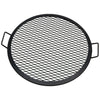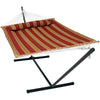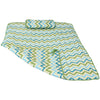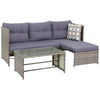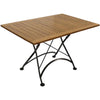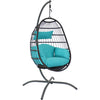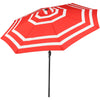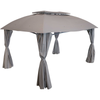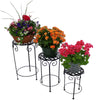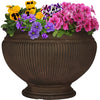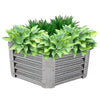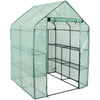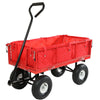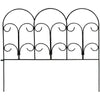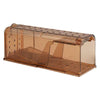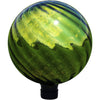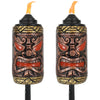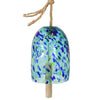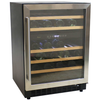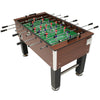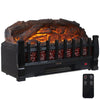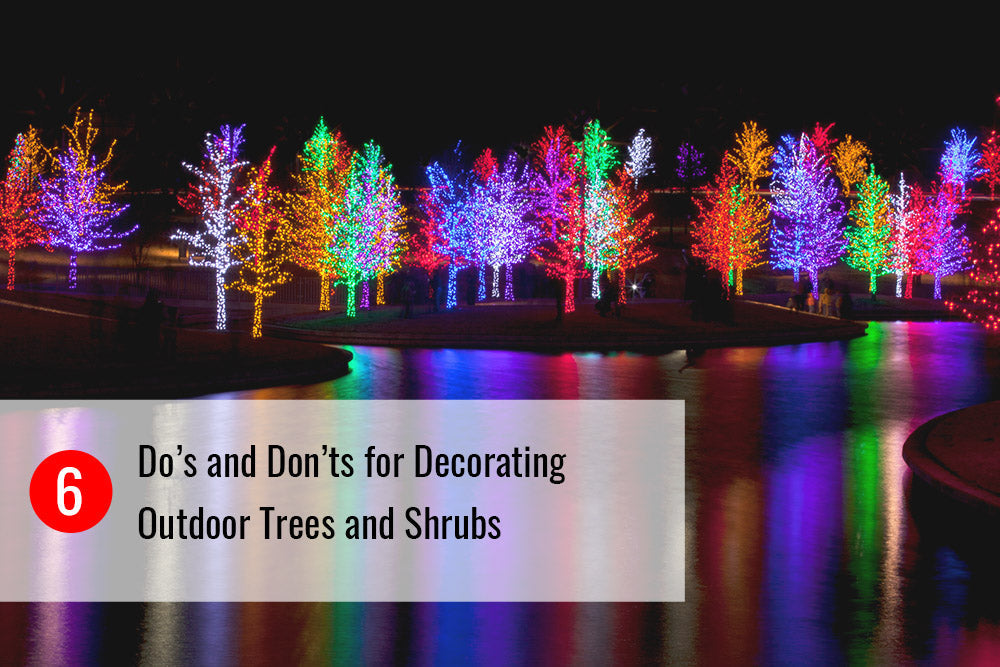As summer fades into fall and the temperatures drop, we find ourselves looking for ways to keep warm and cozy. We pull out sweaters, reluctantly turn the thermostat up, and spend our evenings under quilts and blankets. Just like people, plants also dislike the cold and need to be bundled up during the winter in order to thrive again in the spring. This article will give you a number of tips to keep your indoor and outdoor plants nice and warm during the long winter months.
How to Keep Houseplants Warm
Even if your plants are safely indoors, your house can still get a bit chilly during the fall and winter seasons. These simple tips will help keep your houseplants toasty warm indoors.
#1 Don't Let the Leaves Touch Windows

The simplest and most obvious solution for keeping your plants warm is to keep them out of cold places. It is especially important to keep the leaves of the plant away from window panes as the intense cold can damage or even kill them. Don’t worry. You can still leave your plants on a window sill (the sunlight will do them good during this dark season) just make sure to move them a few inches away from the pane itself.
#2 Use a Space Heater
An ideal temperature for most plants is between 60 and 75 degrees. A space heater is a convenient way to keep both you and your plants warm. Adding a space heater to a room is a simple way to maintain a consistent temperature during the day (never run a space heater overnight or leave an unattended space heater running). When using a space heater, be sure to keep your plants out of the direct path of the heater to avoid heat damage.
#3 Increase the Humidity

Cold weather means dry air which can dry out plants (it’s also not great for humans’ skin either). Plants typically require 50 to 60% levels of humidity so it’s important to keep the humidity levels high. This can be done a number of ways, the easiest is adding a humidifier to a room. If you don’t have a humidifier, place the plants together in groups or move them to the bathroom or kitchen for additional humidity. Another more stylish way to increase the humidity, is to add a tabletop fountain to a room to increase the amount of moisture released into the air.
#4 Cover Up

People wrap themselves up in a blanket during chilly nights, and you can do the same thing for plants. Keep your plants protected during the coldest parts of the night by wrapping the plant up in an old sheet or blanket. Just be sure to remove the blanket in the morning so your plant can get sunlight again.
#5 Add a Mini Greenhouse
Most people associate greenhouses with large glass-paned buildings outdoors, however, there are a number of mini greenhouses that can be used either indoors or outdoors to cover plants. Bring a mini greenhouse indoors and place it over your plant to trap heat around it and help protect against cold drafts.
#6 Insulate Your Pot
Another simple method to keep your plants a little bit warmer is to place a smaller planter inside a larger planter. Stuff the free spaces with newspaper or old leaves to keep the pot insulated. This will help keep the heat contained within the pot for a bit longer.
#7 Adjust Your Watering Routine

Of course your plants need water, but they probably won’t need as much as you think they do. During the winter months, some plants enter a dormancy period to essentially wait out the cold weather. Because of this, they don’t require as much water as they normally do. In fact, you should only give your plants approximately a third of their normal water ration. Reducing the amount of water will keep your soil drier and warmer. When you do water them, be sure to use warm tap water instead of cold.
How to Keep Outdoor Plants Warm
When the weather outside is frightful, outdoor plants can have a tough time enduring the wintry weather. These tips will help keep your plants safe and warm until spring.
#1 Consider Location During Planting

This preventative measure takes place long before the temperature drops. When planting for the first time, consider the needs of the plant. If it’s not particularly hardy, choose a location in your yard that is relatively sheltered from the wind or has some particle coverage. This will give your plant the best chance once the weather turns frosty.
#2 Bring Plants Inside

While some plants are securely rooted within the earth, take any container gardens or planted pots indoors for overwintering. You can even dig up certain types of annuals and place them in a pot to bring indoors for the season. It will take a bit of adjusting for these outdoor plants to acclimate to their new environment. It is recommended that you gradually move an outdoor plant to the shade for a few days before bringing them inside to get used to the difference in sunlight exposure.
#3 Wrap Them Up

If frost is expected in your forecast, wrapping up your plants in warm blankets can help protect them from damage. Like your indoor plants, cover up tender plants with old blankets or tarps to trap heat around them. Tying burlap or commercial tree wrap around your trees will put a protective shield between the frost and the tree bark to improve your tree’s health.
#4 Add Mulch

Mulch is a valuable aspect of gardening during the spring and summer, but it becomes even more important once it gets cold. Adding a layer of mulch or hay can help keep the soil warmer. You can even use the dried leaves that you just raked as a natural mulch option.
#5 Create Cloches
If your plants can’t come inside in a planter, you can still use a planter to create a makeshift cloche. Turn a planter upside down and place it over a small plant. This will keep heat contained inside and help keep snow off any delicate stems or leaves.
#6 Invest in a Mini Greenhouse or Cold Frame
Greenhouses are a time-honored way to keep your plants safe from the elements. Simply place a mini greenhouse over whatever plants you would like to protect. Another option is a cold frame. This is a box-like structure with a lid opening that allows you to shelter and insulate your plants but still allows convenient access to them. Cold frames and greenhouses are great for overwintering plants and can also be used to help extend growing seasons in the early spring and late fall.
#7 Build a Windscreen
Icy winds can cause a lot of damage to young trees and shrubs by blowing away branches and needles. Protect your plants from the wind by building a windscreen in your home. Simply tie two stakes together with twine and drape a piece of burlap over the twine to create a barrier between the wind and your plant.
There’s no way to stop the cold weather from coming, but these simple tips can make the winter season a bit more bearable for your plants. For tips on how to prepare for cold and snow, check the article, How to Winterize Raised Garden Beds at the End of the Season.
